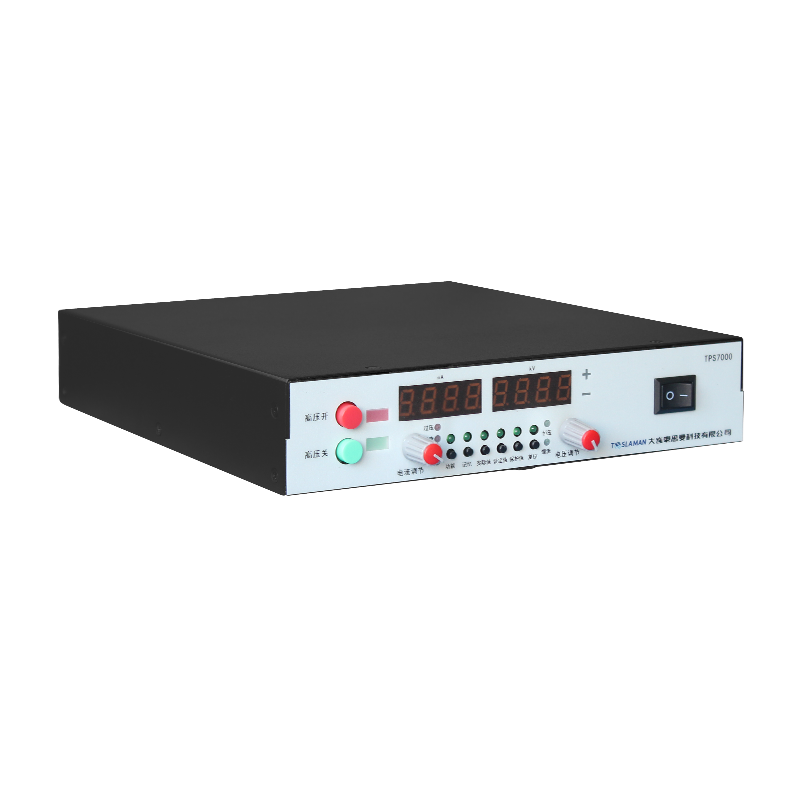Research on Performance Improvement of High Voltage Power Supplies in Electrostatic Precipitator Systems
Introduction
As a critical component in industrial exhaust treatment, the performance of high voltage power supplies (HVPS) in electrostatic precipitator (ESP) systems directly determines dust removal efficiency and operational stability. With increasingly stringent environmental standards, conventional HVPS face new challenges in energy efficiency, dynamic response, and reliability. This paper systematically analyzes key performance factors and proposes targeted optimization strategies based on technical principles.
1. Technical Requirements for HVPS in ESP Systems
1. High Voltage Stability
ESP systems require 40-100kV DC voltage, where fluctuations exceeding 5% destabilize corona current and impair particle charging. Studies show each 1% improvement in voltage stability enhances PM2.5 collection efficiency by 0.3-0.5 percentage points.
2. Adaptability to Complex Conditions
Dynamic gas composition (e.g., SO₂/H₂O variations) causes impedance changes, demanding millisecond-level response. Particularly for high-resistivity dust, real-time output adjustment is essential to prevent back-corona.
3. Energy Efficiency Optimization
Typical ESP systems consume 15-25% of plant electricity. Improving conversion efficiency from 90% to 95% reduces energy consumption by 8-12kWh per ton of product.
2. Key Performance Enhancement Technologies
1. Intelligent Closed-Loop Control
DSP+FPGA architecture enables μs-level sampling
Multi-parameter feedback (field strength/current density)
Adaptive PID algorithms for load transients
2. High-Frequency Resonant Conversion
LLC topology reduces switching losses
SiC devices boost frequency beyond 50kHz
Planar transformers shrink volume by 30%
3. Advanced Insulation Design
Nano-modified epoxy raises partial discharge inception voltage
Optimized grading rings achieve 95% field uniformity
Online insulation monitoring enables predictive maintenance
3. Emerging Technological Trends
1. Digital Twin Applications
Coupling power supply-field simulation models for virtual commissioning.
2. Wide-Bandgap Device Integration
GaN-based modular units targeting >98% efficiency.
3. Multi-Physics Field Coordination
Intelligent voltage regulation integrating temperature/flow field data for ultra-low emissions.
Conclusion
HVPS performance breakthroughs are pivotal for ESP advancement. Interdisciplinary innovations in materials, power electronics, and control theory are essential to meet carbon neutrality targets. Experiments demonstrate that advanced topologies and control strategies can achieve >99.95% efficiency while reducing energy consumption by 20-30%.




















